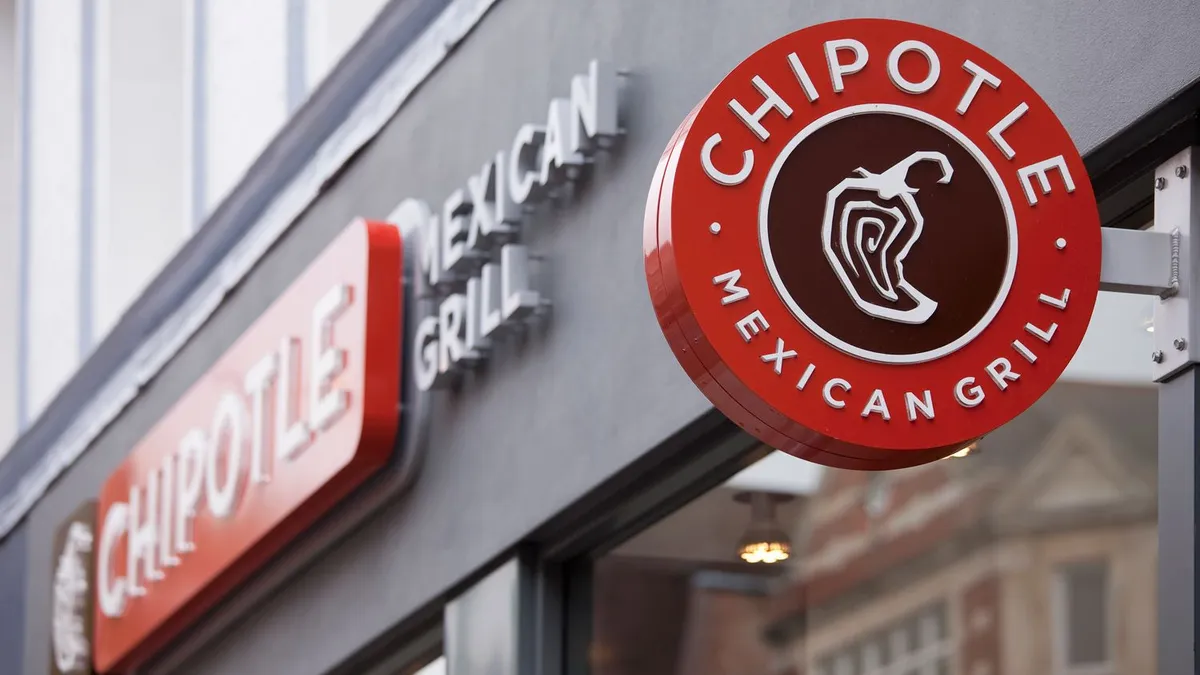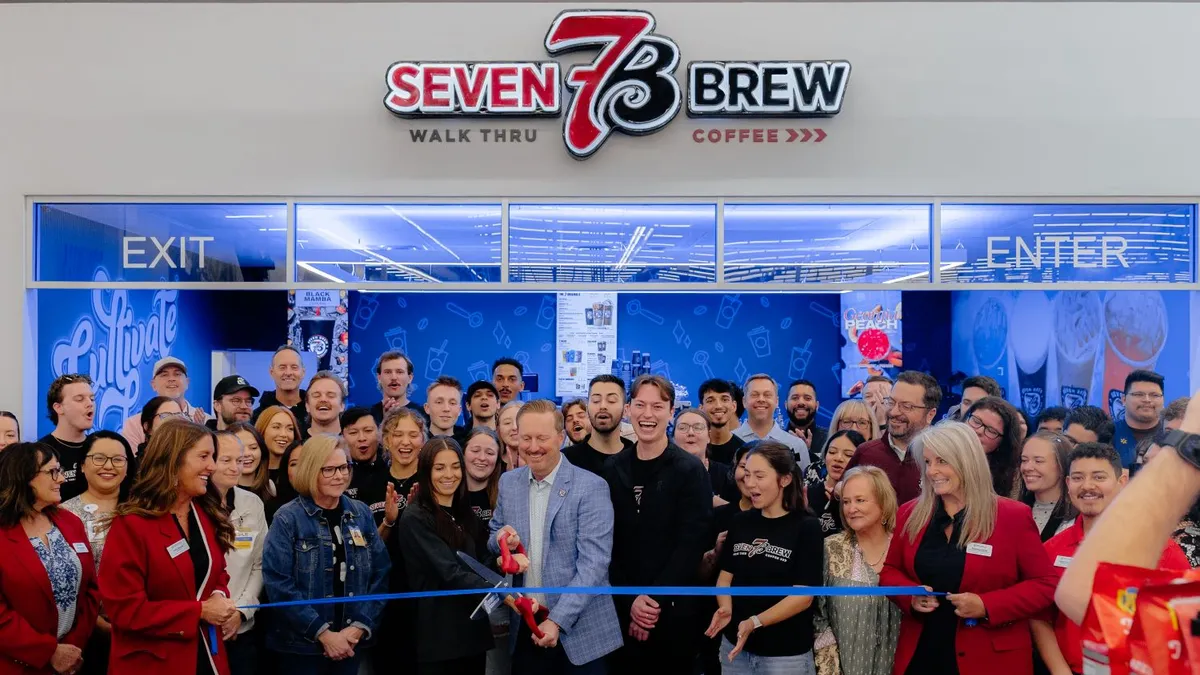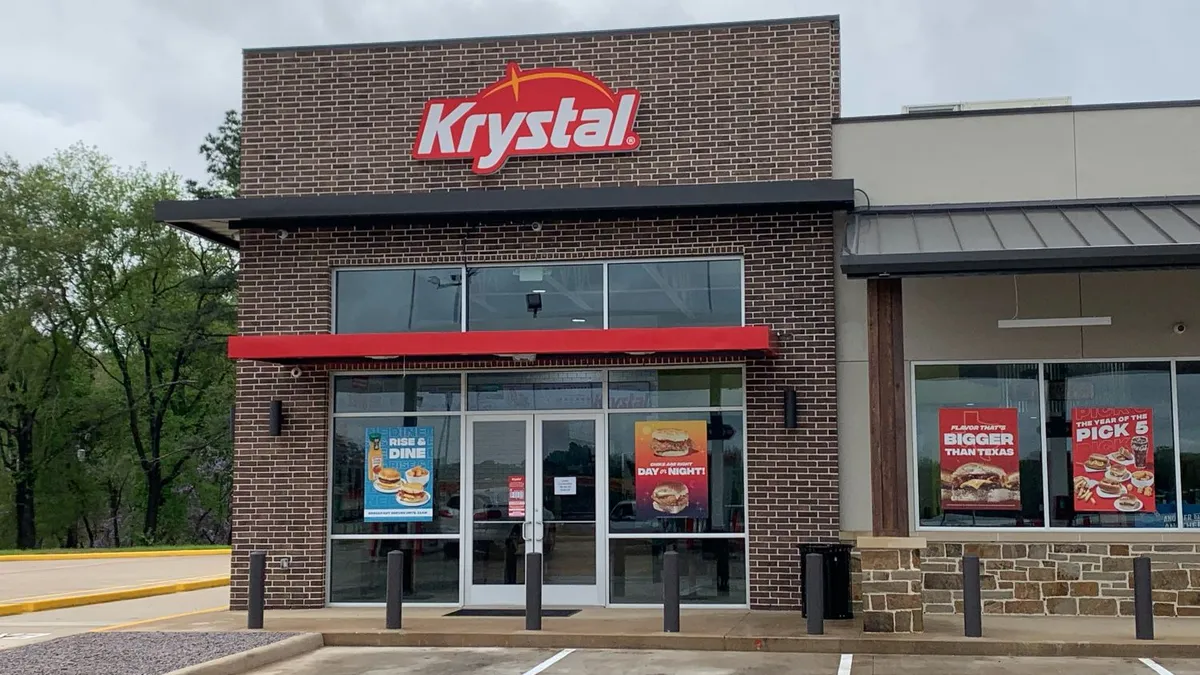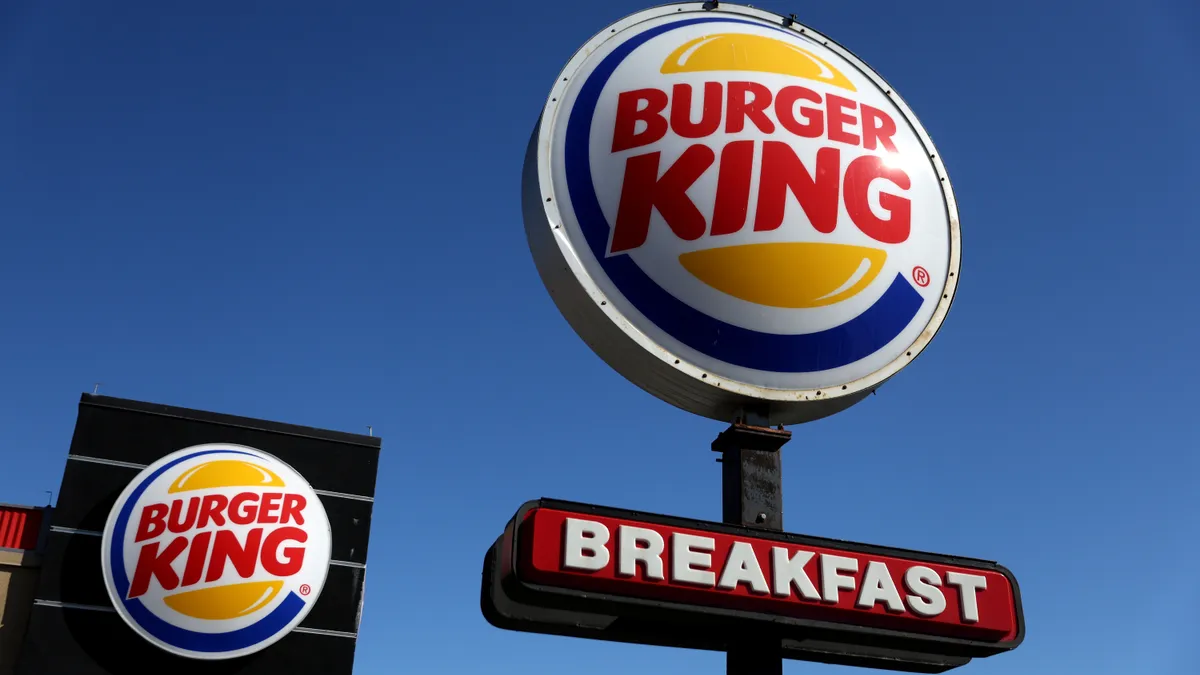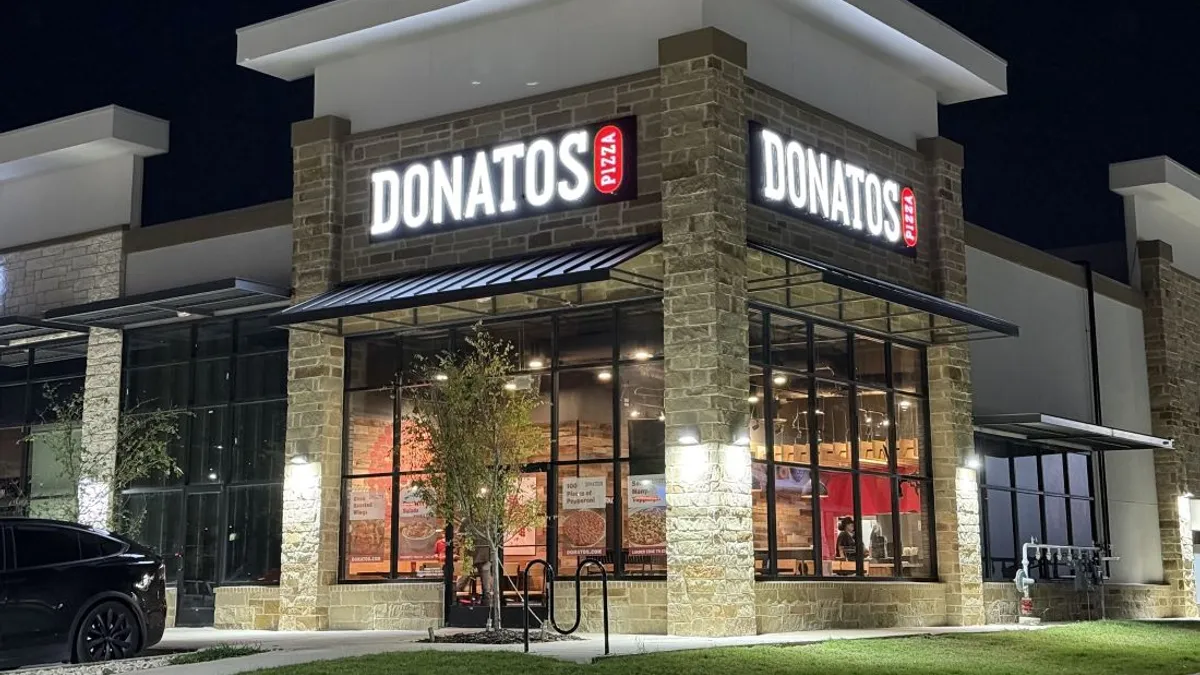Andrew Garner is senior vice president of business partnerships at Netspend.
The theme of the COVID-19 pandemic for the restaurant industry is adaptation. This theme is particularly apparent in the rapid shift from cash to digital and contactless payments, which forced restaurants to reconsider how payments were accepted and how workers got paid.
At the height of the pandemic's second wave, Netspend surveyed more than 900 tipped workers across the restaurant, food delivery, hospitality, transportation, salon and spa industries to get a pulse on the financial impacts of COVID-19 and sentiments around tip payout methods.
This research unveiled three core trends that have become opportunities for restaurants as they rebuild their businesses and their workforce. It starts with helping staff pave a path to better financial stability, and presents new ways to maximize operational efficiencies and drive profitable growth.
Digital tip payouts help restaurants and workers overcome cash management hurdles
A shift in consumer payment preferences became clear early in the pandemic, as the use of contactless payments increased 150% between March 2019 and March 2020. And as restaurants took more digital payments for both meals and tips, they also acquired considerably less cash, leading to shortages in many locations.
With insufficient cash on hand to pay tips or expense reimbursements at the end of each shift, delays and uncertainties created strained relationships between restaurants and workers — while placing a heavy burden on this already financially stressed segment of the workforce.
Still, many restaurants continued to pay up to 75% of their tipped workers by cash or check, an undesirable situation at a time when many workers were also starting to make more of their own payments in paperless ways. This causes a digital disconnect, where restaurant workers must shoulder the burden of costly and time-consuming extra steps to digitize their cash or check payments so they can participate in COVID-19's cashless economy. In fact, Netspend's research shows workers who must spend time digitizing cash or checks spend up to three extra hours per week doing so.
But now, as restaurants work to rebuild, more are embracing this shift by eliminating payment delays and giving tipped workers access to digital tip payments. This solution both closes the digital access gap and reduces payment errors or delays that were common with cash.
Financial insecurity impacts recruiting, retention and performance, but faster wage and tip payments can help
The cost and complexity of recruiting and retaining restaurant staff is one of the biggest ongoing challenges in the industry, and a financially instable workforce only makes things worse. In fact, there's a direct link between financial stress and workforce retention, and nearly one-third (31%) of financially insecure workers have quit a job due to a lack of financial wellness.
By contrast, far more financially stable employees (87%) are likely to remain with their current employer for the next year compared to only 58% of those are financially unstable.
A restaurant's ability to offer faster, easier access to wages and tips through digital methods can both contribute to financial stability and bolster workplace recruitment, retention and performance. Take note of these data points from the Netspend survey:
● 65% of workers agree they would rather work for an employer that gives them their tips digitally
● 49% of workers said they'd be willing to stay at their current job longer if they received faster access to tips
● 48% said they'd be willing to leave their job for one that gives them their tips immediately at the end of their shift
● 44% said they'd be willing to stay longer if they received easier access to their tips
● 43% of digitally tipped workers enjoy their job more since they started receiving digital tips
● 39% said they would switch jobs if they could earn interest on tips loaded into their account
Improved worker attendance drives more profitable growth
Financial insecurity has hit all-time highs in many segments of the workforce during the pandemic, and delayed payments build on that stress. Workers being paid by cash or check are more likely to allow financial stress to disrupt their work, while workers with more debt are twice as likely to miss work because of this stress.
Restaurant management already knows that absenteeism is incredibly costly: it can cut into more than 15% of a restaurant's profits each year, and restaurants lose an estimated $5,864 per worker lost due to financial stress. But embracing trends that reduce the digital divide can pay off for both the workforce and restaurant industry employers. Payment solutions that deliver faster wage and tip payments are an easy way to support multiple goals that drive more profitable growth: retain and recruit good workers, improve performance, reduce cash management burdens and build a foundation toward a more sustainable future.







